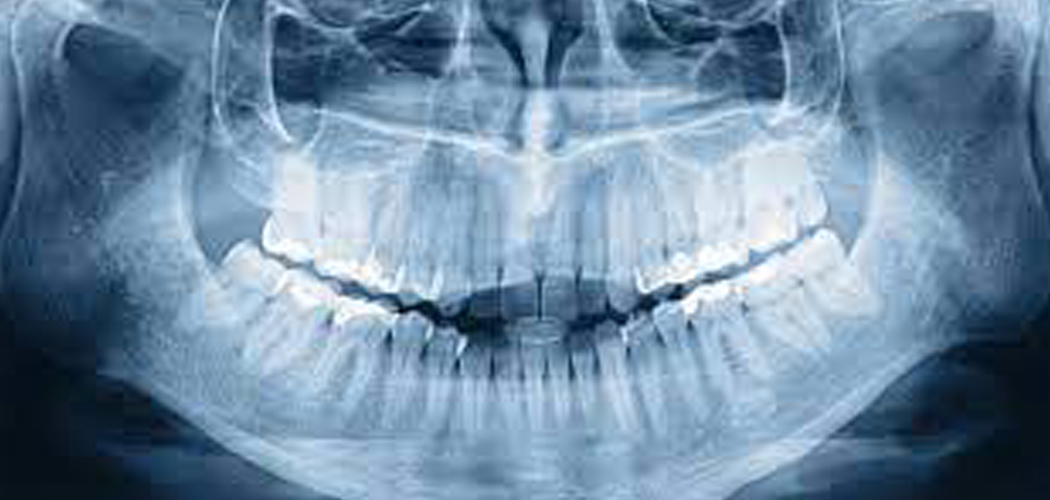- Call Today
- Open Hour
8.00 am to 11.30 pm
8.00 am to 11.30 pm

Commonly known as dental x-rays, dental radiography is a diagnostic procedure that allows dentists to look at dental structures not easily seen with a standard visual inspection. It can also be used to detect cavities, bone loss in the teeth and jawbones, as well as masses (benign or malignant) inside the mouth. Dental x-rays are not only limited to images of the patient’s teeth; the procedure can also show the structures of the soft tissues and bones.
Typically, dental x-rays are taken during the initial dental consultation. These images allow the dentist to assess specific areas and confirm diagnosis after hearing the patient’s complaints. They can also be used as a follow-up procedure performed after treatment to ensure that the treatments have worked and have produced intended results.
Most dentists use two types of dental x-rays: Intraoral and Extraoral. These types are categorized according to the area where the x-ray images are taken from.
Intraoral x-rays are generally more detailed than extraoral x-rays, and are intended to detect the presence of cavities, inspect the tooth roots and surrounding bones, monitor the growth of teeth, and obtain information on the patient’s general dental health.
The types of intraoral X-rays include;
Extraoral x-rays, on the other hand, can be useful in identifying the presence and position of impacted teeth. Some medical professionals also use this procedure to diagnose tumours inside the mouth and surrounding structures. The most common kind of extraoral x-ray is the panoramic x-ray.
Other types of extraoral x-rays include cephalometric projections (used to produce images of the entire side of the patient’s head; this is performed to examine the relationship between the teeth and jaw), tomograms (useful for isolating different parts of the mouth for clearer inspection), CT scan (produces a 3D image of the mouth’s structures), and sialography (used to visualize the patient’s salivary gland through the use of a contrast agent).
Even patients with excellent dental health should undergo dental x-rays since this is a standard procedure during a dental consultation. It should be performed at least once a year, or a couple of times a year when the patient is undergoing treatment or if the dentist is monitoring the progress of a dental condition.
Any complaint regarding the mouth, teeth, and jaw—especially those with no immediate visual cause—warrants a dental x-ray. Hidden issues such as impacted teeth, tooth decay, damage to the roots and jawbones, dental injuries, nerve problems, abscesses, tumours, and cysts can be identified by such an imaging procedure. Planning treatments or the installation of dental prostheses can highly benefit from dental x-rays; they allow the dentist to see the structures that cannot be seen by the naked eye alone. Complex tooth removals, root canal surgery, and alignment of the teeth can also be aided by accurate x-ray images.
Normal results of this procedure mean that the patient has excellent dental health, with no visible cavities, injuries, and other such problems inside the mouth. Abnormal results, on the other hand, signal that the patient needs treatment or even surgery for a variety of issues.
This imaging procedure is relatively simple and requires no extensive preparation beforehand. Courtesy dictates that the patient must brush his or her teeth first before the procedure.
Different types of x-rays are, of course, performed differently. A bitewing x-ray requires the patient to bite on a special paper film while an occlusal x-ray requires the patient to close the jaw before the x-ray is taken. A panoramic x-ray involves a rotating machine around the patient’s head while a palatal x-ray captures images in a single shot. The patient is required to stay still for the whole procedure and will be asked to breathe through the nose. Some discomfort might occur, especially in the case of bitewing x-rays, but the procedure is performed quickly.
After the imaging procedure, the dentist will develop the film or transfer the images to a computer for review and analysis.
Dental x-rays use very minimal doses of radiation, but some research shows that thyroid cancer can be linked to this imaging procedure.
Pregnant women are usually not ideal candidates for dental x-rays, since the radiation can harm both the mother and child.
Copyright © 2022 Craft Dental Service is proudly created by ShadowSign